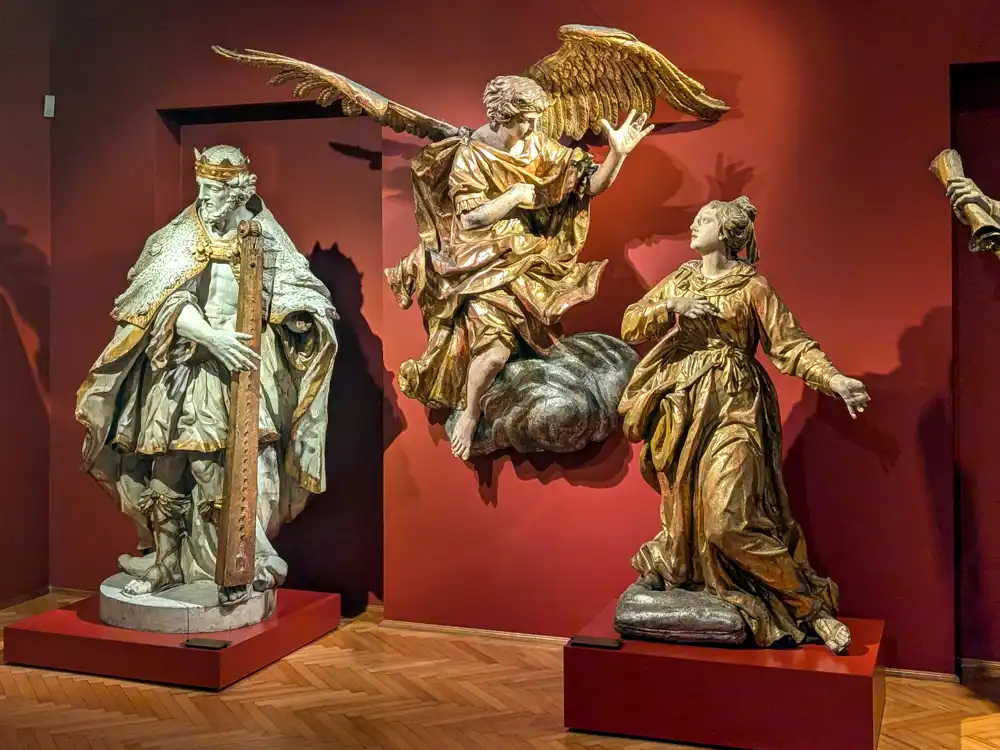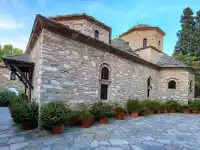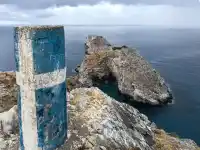Discover the National Museum in Wrocław — a place where Gothic, Baroque, and modern art meet in one living story by the Odra River. Museum hides medieval treasures, the Racławice Panorama, and rare glass. Curator Michał Antoni Pieczka shows us why this is a must-visit.
Gothic, Baroque, and a façade dressed in autumn ivy
We sit in the entrance hall, and Michał Antoni Pieczka speaks with the kind of enthusiasm only true art lovers have. “Our façade by the Odra River, covered in old ivy, glows every shade of red in autumn,” he smiles. “Even from the outside, you feel that here, history meets art.”
“The most valuable part is our medieval collection,” he adds as we move toward the Gothic altars and stone reliefs. “We have panel paintings, sculptures from Wrocław and Silesian churches… Here you can feel how history intertwines with spirituality.”
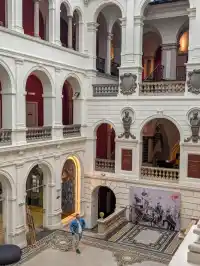
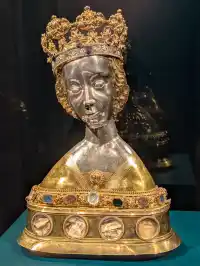
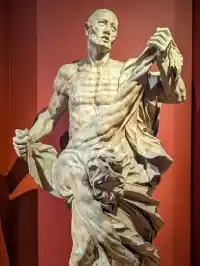

Three masterpieces you shouldn’t miss
“If you had to choose just three must-see works?” I ask Michał Pieczka. He thinks for a moment, then points to his favorites:
- “The Reliquary of Saint Dorothy — gold and silver from the early 15th century, a true jewel among jewels.”
- “The tomb of Prince Henry IV Probus — a Gothic stone sculpture from the early 14th century. Majestic, detailed, and one of the highlights of our collection.”
- “Winter Landscape with Skaters and a Bird Trap by Pieter Brueghel the Younger — a European classic you simply can’t skip.”
“And of course, the Racławice Panorama,” he adds. “That monumental battle scene gives you a whole new perspective on Wrocław.”
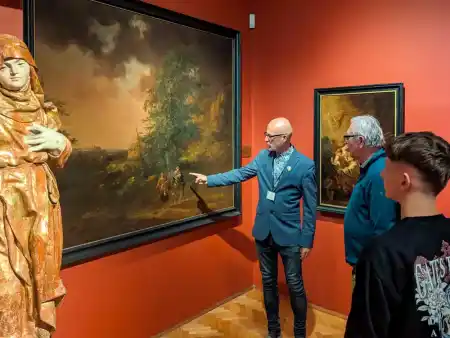

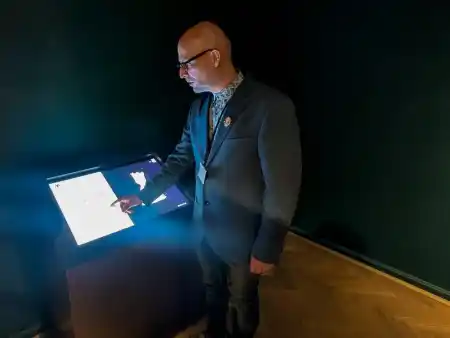
The masters who shaped Polish and European art
“The National Museum in Wrocław is home to works by some of the greatest Polish and European artists,” Michał says as we stroll through the galleries. “From Central Europe, we have Stanisław Wyspiański with his pastels and self-portrait, and Jan Matejko with his monumental historical scenes.”
“Among the European greats, you’ll find Pieter Brueghel the Younger, Lucas Cranach the Elder, Bronzino, and the genial Baroque painter Michael Lucas Leopold Willmann,” he continues. “Each of them tells a story in their own way.”
He stops in front of a wooden Gothic crucifix. “The author is unknown, but its subtle expressiveness has fascinated visitors for centuries.”
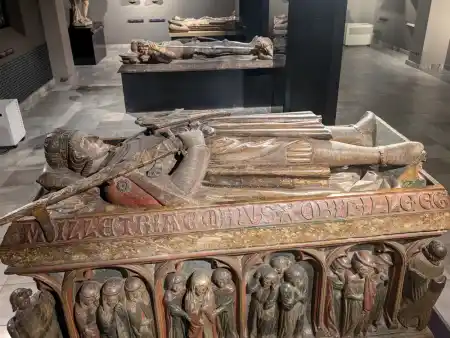

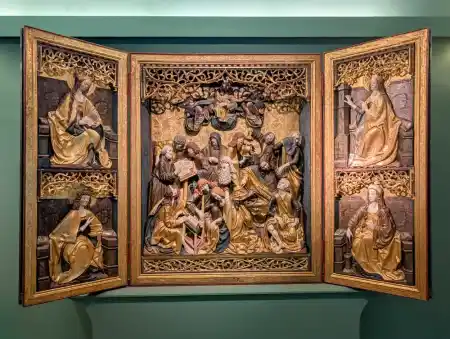

“And this stone tomb of Prince Henry IV Probus,” Michał Antoni Pieczka adds, “is one of our most precious artifacts. Majestic, Gothic, detailed — simply a masterpiece not to be missed.”
From glass to the Środa Treasure
The museum is not just about paintings and reliefs. Michał proudly points out: “We also have a collection of contemporary Polish glass from the 20th and 21st centuries, Eastern art ceramics, and every year from October to December we exhibit the Środa Treasure — one of the most valuable archaeological finds of medieval jewelry and coins discovered in the 1980s.”



“Every object has a story,” he says. “From the Japanese Suzuribako to Wyspiański’s self-portrait — every piece still speaks to us today.”
Learning through weekends
“The museum is alive beyond its exhibitions,” Michał explains. “Every weekend we have lectures, art history courses, workshops for children, youth, adults, and seniors. We want every generation to find their own connection with art.”
Why visit the National Museum in Wrocław
As we leave, I realize this wasn’t just a tour — it was a lesson in seeing art as a living dialogue. Michał Antoni Pieczka is a born educator, the kind who happily stops to chat with random visitors or children. He clearly loves his work. He taught me that even a medieval museum is full of life — that every museum is a story, every exhibit a chapter, and artists of the past and present continue to whisper their truths to us.
“If you ever find yourself in Wrocław, don’t miss it,” Michał concludes. “Come for the Gothic, the Baroque, the Racławice Panorama — or just to walk along the ivy-red façade and breathe in a bit of history.”
The Ethnographic Museum
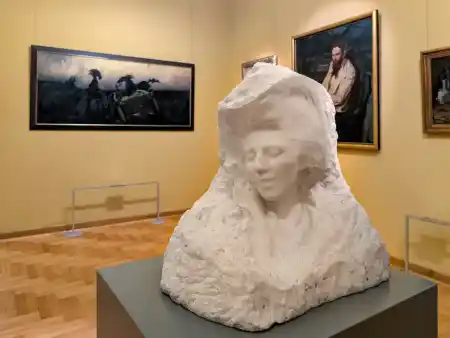
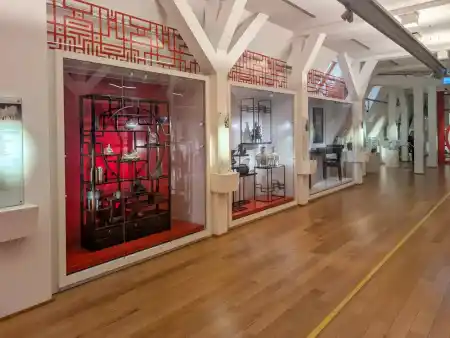
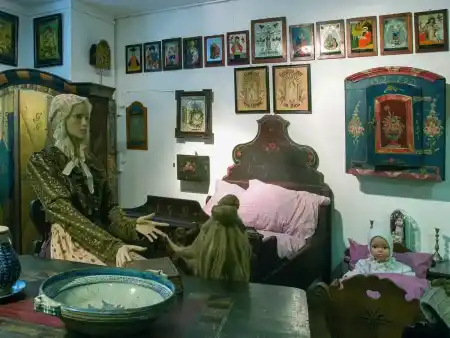
Although we didn’t visit the Ethnographic Museum in Wrocław personally, it deserves a mention. It offers a fascinating insight into everyday life, crafts, and cultural traditions of Lower Silesia and other Polish regions. The exhibits feature traditional clothing, folk art, ceramics, textiles, and tools — everything that tells the story of ordinary people in the past. Michał Antoni Pieczka would certainly add: “It’s where history meets folk culture — a perfect complement to the Gothic, Renaissance, and Baroque art we display in the National Museum.”
Photo: Ethnographic Museum in Wrocław, press materials
From Gothic altars to modern glass, the National Museum in Wrocław reveals the heart of Polish art and history in one walk. No wonder Wrocław was named the European Capital of Culture in 2016.
The museum is open daily except Tuesday, located in the city center by the Odra promenade, next to the Peace Bridge, just a short walk from the Racławice Panorama.

